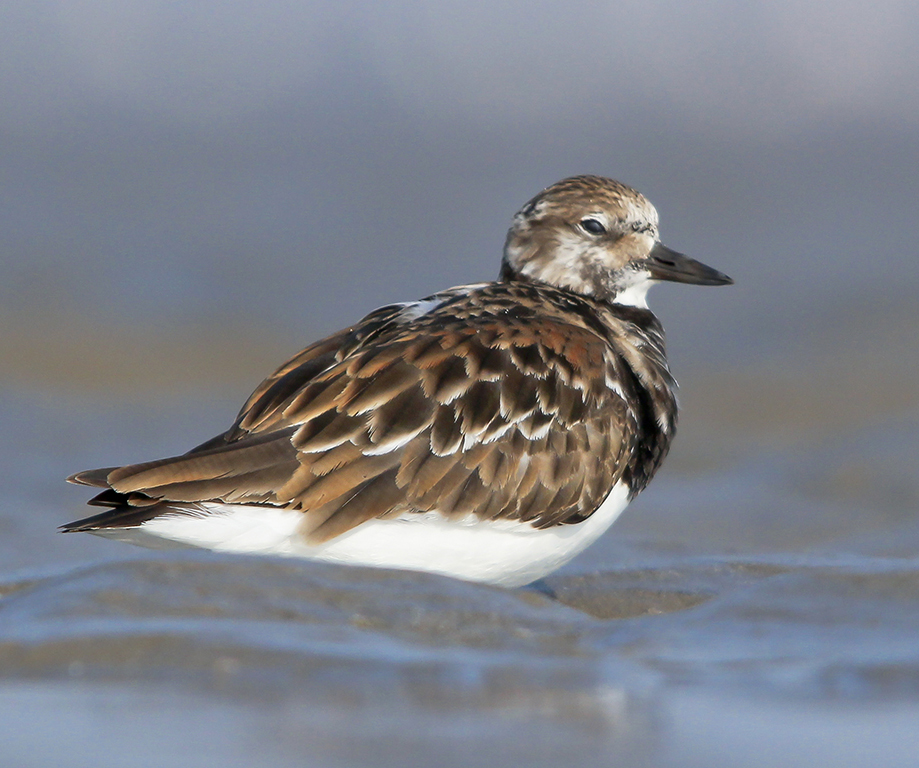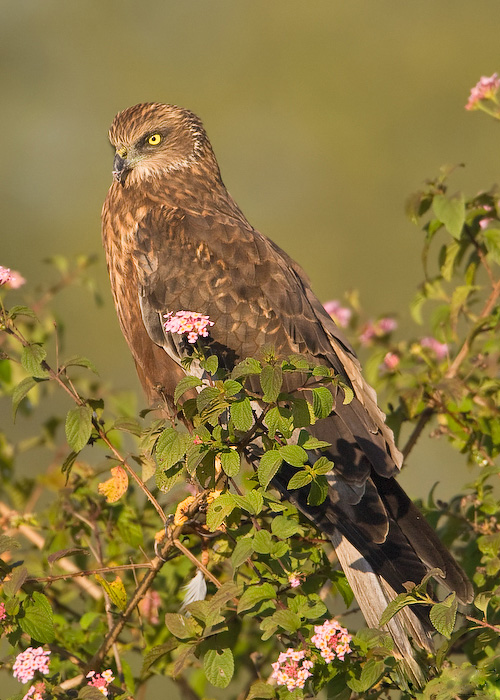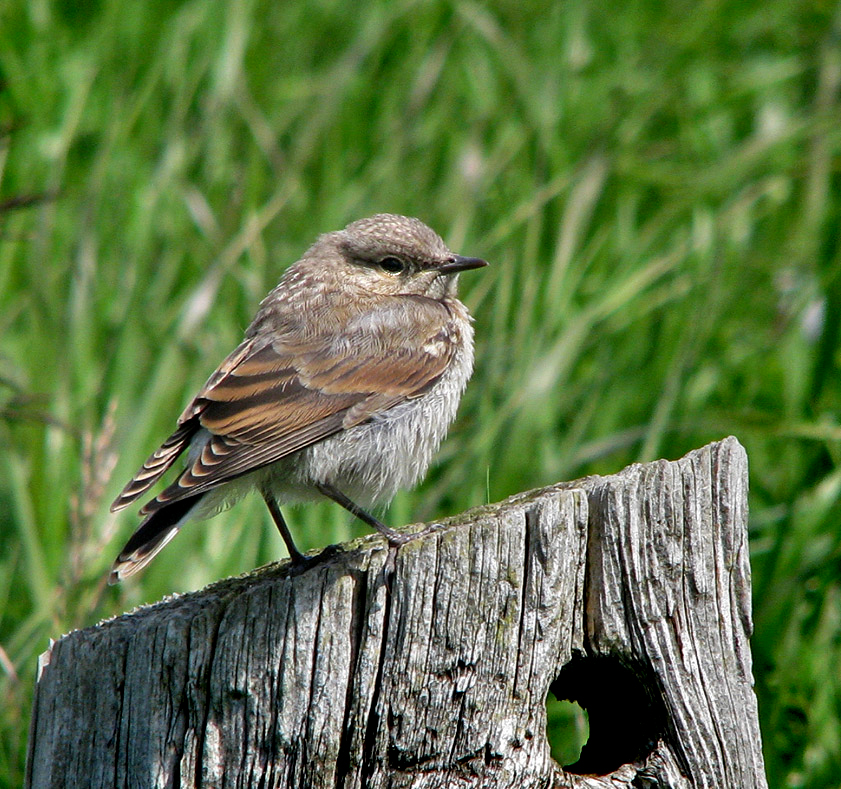|
Freiston Shore
Freiston Shore is a settlement in the Borough of Boston, in Lincolnshire, England. It is in the civil parish of Freiston, and approximately east from Boston. History In the late 18th and early 19th centuries, Freiston's sandy shore on The Wash was developed as a sea bathing resort. By the mid-19th century there were horse races and other attractions on the beach. However, the process of coastal accretion caused a salt marsh to develop, leaving hotels without customers. Since the mid-20th century, more marsh has been enclosed behind sea banks for use as arable land. During the Second World War, defences were constructed around Freiston Shore as a part of British anti-invasion preparations of World War II. A number of pillboxes, gun emplacements and coastal lights were constructed. The remains of these fortifications can be seen today including a Ruck machine gun post, of a type once widespread in Lincolnshire. Following the Second World War, land reclamation led to the v ... [...More Info...] [...Related Items...] OR: [Wikipedia] [Google] [Baidu] |
Freiston
__NOTOC__ Freiston is a village and civil parish in Lincolnshire, England. The population of the civil parish (including Freiston Shore) at the 2011 census was 1,306. It is situated approximately east from Boston. The Greenwich Prime Zero meridian line passes between the village and Hobhole Drain. History In 1114 Freiston Priory of St James was founded by Alan de Creon for Benedictine monks – it became a monastic cell of Crowland Abbey in 1130. Nothing remains of the priory buildings that stood on the south side of the present church, except for a Norman doorway in the south aisle that opened into the cloisters. Between 1217 and 1232 the powerful Ranulf de Blondeville, 6th Earl of Chester signed an agreement with the 56 free tenants of Freiston, who quite remarkably all had seals on the document. The number of seals could also suggest remarkably high literacy rates which were not previously thought to have existed in the 13th century. From what is known about the comp ... [...More Info...] [...Related Items...] OR: [Wikipedia] [Google] [Baidu] |
Tide
Tides are the rise and fall of sea levels caused by the combined effects of the gravity, gravitational forces exerted by the Moon (and to a much lesser extent, the Sun) and are also caused by the Earth and Moon orbiting one another. Tide tables can be used for any given locale to find the predicted times and amplitude (or "tidal range"). The predictions are influenced by many factors including the alignment of the Sun and Moon, the #Phase and amplitude, phase and amplitude of the tide (pattern of tides in the deep ocean), the amphidromic systems of the oceans, and the shape of the coastline and near-shore bathymetry (see ''#Timing, Timing''). They are however only predictions, the actual time and height of the tide is affected by wind and atmospheric pressure. Many shorelines experience semi-diurnal tides—two nearly equal high and low tides each day. Other locations have a diurnal cycle, diurnal tide—one high and low tide each day. A "mixed tide"—two uneven magnitude ... [...More Info...] [...Related Items...] OR: [Wikipedia] [Google] [Baidu] |
Dunlin
The dunlin (''Calidris alpina'') is a small wader, formerly sometimes separated with the other "stints" in the genus ''Erolia''. The English name is a dialect form of "dunling", first recorded in 1531–1532. It derives from ''dun'', "dull brown", with the suffix ''-ling'', meaning a person or thing with the given quality. It is a circumpolar breeder in Arctic or subarctic regions. Birds that breed in northern Europe and Asia are long-distance migrants, wintering south to Africa, southeast Asia and the Middle East. Birds that breed in Alaska and the Canadian Arctic migrate short distances to the Pacific and Atlantic coasts of North America, although those nesting in northern Alaska overwinter in Asia. Many dunlins winter along the Iberian south coast. Taxonomy The dunlin was formally described by the Swedish naturalist Carl Linnaeus in 1758 in the tenth edition of his ''Systema Naturae'' under the binomial name ''Tringa alpina''. Linnaeus specified the location as Lapland. Th ... [...More Info...] [...Related Items...] OR: [Wikipedia] [Google] [Baidu] |
Ruddy Turnstone
The ruddy turnstone (''Arenaria interpres'') is a small cosmopolitan wading bird, one of two species of turnstone in the genus ''Arenaria''. It is now classified in the sandpiper family Scolopacidae but was formerly sometimes placed in the plover family Charadriidae. It is a highly migratory bird, breeding in northern parts of Eurasia and North America and flying south to winter on coastlines almost worldwide. It is the only species of turnstone in much of its range and is often known simply as turnstone. Taxonomy The ruddy turnstone was formally described by the Swedish naturalist Carl Linnaeus in 1758 in the tenth edition of his ''Systema Naturae'' under the binomial name ''Tringa interpres''. The species is now placed together with the black turnstone in the genus '' Arenaria'' that was introduced by the French zoologist Mathurin Jacques Brisson in 1760 with the ruddy turnstone as the type species. The genus name ''arenaria'' is from Latin ''arenarius'', "inhabiting sand" ... [...More Info...] [...Related Items...] OR: [Wikipedia] [Google] [Baidu] |
Wader
245px, A flock of Dunlins and Red knots">Red_knot.html" ;"title="Dunlins and Red knot">Dunlins and Red knots Waders or shorebirds are birds of the order Charadriiformes commonly found wikt:wade#Etymology 1, wading along shorelines and mudflats in order to foraging, forage for food crawling or burrowing in the mud and sand, usually small arthropods such as aquatic insects or crustaceans. The term "wader" is used in Europe, while "shorebird" is used in North America, where "wader" may be used instead to refer to long-legged wading birds such as storks and herons. There are about 210 species of wader, most of which live in wetland or coastal environments. Many species of Arctic and temperate regions are strongly migratory, but tropical birds are often resident, or move only in response to rainfall patterns. Some of the Arctic species, such as the little stint, are amongst the longest distance migrants, spending the non- breeding season in the southern hemisphere. Many of the s ... [...More Info...] [...Related Items...] OR: [Wikipedia] [Google] [Baidu] |
Bird Migration
Bird migration is the regular seasonal movement, often north and south along a flyway, between breeding and wintering grounds. Many species of bird migrate. Migration carries high costs in predation and mortality, including from hunting by humans, and is driven primarily by the availability of food. It occurs mainly in the northern hemisphere, where birds are funneled onto specific routes by natural barriers such as the Mediterranean Sea or the Caribbean Sea. Migration of species such as storks, turtle doves, and swallows was recorded as many as 3,000 years ago by Ancient Greek authors, including Homer and Aristotle, and in the Book of Job. More recently, Johannes Leche began recording dates of arrivals of spring migrants in Finland in 1749, and modern scientific studies have used techniques including bird ringing and satellite tracking to trace migrants. Threats to migratory birds have grown with habitat destruction, especially of stopover and wintering sites, as wel ... [...More Info...] [...Related Items...] OR: [Wikipedia] [Google] [Baidu] |
Marsh Harrier
The marsh harriers are birds of prey of the harrier subfamily. They are medium-sized raptors and the largest and broadest-winged harriers. Most of them are associated with marshland and dense reedbeds. They are found almost worldwide, excluding only the Americas. Until recently two species were generally recognized: the marsh harrier (''Circus aeruginosus'') and the African marsh harrier (''C. ranivorus''). The marsh harrier is now usually split into several species, sometimes as many as six. These are the western marsh harrier (''C. aeruginosus''), eastern marsh harrier (''C. spilonotus''), Papuan harrier (''C. spilonotus spilothorax'' or ''C. spilothorax''), swamp harrier (''C. approximans''), Réunion harrier (''C. maillardi maillardi'' or ''C. maillardi'') and Madagascar marsh harrier (''C. maillardi macrosceles'' or ''C. macrosceles''). At the beginning of the 20th century, the marsh harrier was hunted to extinction in the United Kingdom. After being reintroduced from other ... [...More Info...] [...Related Items...] OR: [Wikipedia] [Google] [Baidu] |
Northern Wheatear
The northern wheatear or wheatear (''Oenanthe oenanthe'') is a small passerine bird that was formerly classed as a member of the thrush family Turdidae, but is now more generally considered to be an Old World flycatcher, Muscicapidae. It is the most widespread member of the wheatear genus ''Oenanthe'' in Europe and North and Central Asia. The northern wheatear is a migratory insectivorous species breeding in open stony country in Europe and east across the Palearctic with footholds in northeastern Canada and Greenland as well as in northwestern Canada and Alaska. It nests in rock crevices and rabbit burrows. All birds spend most of their winter in Africa. Taxonomy and systematics The northern wheatear was first formally described by the Swedish naturalist Carl Linnaeus in 1758 in the 10th edition of his ''Systema Naturae'' as ''Motacilla oenanthe''. The species is now placed in the genus '' Oenanthe'' that was introduced by the French ornithologist Louis Jean Pierre Vieill ... [...More Info...] [...Related Items...] OR: [Wikipedia] [Google] [Baidu] |
Ringed Plover
The common ringed plover or ringed plover (''Charadrius hiaticula'') is a small plover that breeds in Arctic Eurasia. The genus name ''Charadrius'' is a Late Latin word for a yellowish bird mentioned in the fourth-century Vulgate. It derives from Ancient Greek ''kharadrios'' a bird found in ravines and river valleys (''kharadra'', "ravine"). The specific ''hiaticula'' is Latin and has a similar meaning to the Greek term, coming from ''hiatus'', "cleft" and ''-cola'', "dweller" (''colere'', "to dwell"). Description Adults are in length with a wingspan. They have a grey-brown back and wings, a white belly, and a white breast with one black neckband. They have a brown cap, a white forehead, a black mask around the eyes and a short orange and black bill. The legs are orange and only the outer two toes are slightly webbed, unlike the slightly smaller but otherwise very similar semipalmated plover, which has all three toes slightly webbed, and also a marginally narrower breast band ... [...More Info...] [...Related Items...] OR: [Wikipedia] [Google] [Baidu] |
Common Redshank
The common redshank or simply redshank (''Tringa totanus'') is a Eurasian wader in the large family Scolopacidae. Taxonomy The common redshank was formally described by the Swedish naturalist Carl Linnaeus in 1758 in the tenth edition of his ''Systema Naturae'' under the binomial name ''Scolopax totanus''. It is now placed with twelve other species in the genus ''Tringa'' that Linnaeus had introduced in 1758. The genus name ''Tringa'' is the New Latin name given to the green sandpiper by the Italian naturalist Ulisse Aldrovandi in 1603 based on Ancient Greek ''trungas'', a thrush-sized, white-rumped, tail-bobbing wading bird mentioned by Aristotle. The specific ''totanus'' is from , the Italian name for this bird. Six subspecies are recognised: * ''T. t. robusta'' ( Schiøler, 1919) – breeds in Iceland and the Faroe Islands; non-breeding around the British Isles and west Europe * ''T. t. totanus'' (Linnaeus, 1758) – breeds in west, north Europe to west Siberia; winters in ... [...More Info...] [...Related Items...] OR: [Wikipedia] [Google] [Baidu] |
Pied Avocet
The pied avocet (''Recurvirostra avosetta'') is a large black and white wader in the avocet and stilt family, Recurvirostridae. They breed in temperate Europe and across the Palearctic to Central Asia then on to the Russian Far East. It is a migratory species and most winter in Africa or southern Asia. Some remain to winter in the mildest parts of their range, for example in southern Spain and southern England. The pied avocet is one of the species to which the Agreement on the Conservation of African-Eurasian Migratory Waterbirds (AEWA) applies. Taxonomy The pied avocet was one of the many bird species originally described by Carl Linnaeus in his landmark 1758 10th edition of ''Systema Naturae'', where it was given the binomial name of ''Recurvirostra avosetta''. This species gets its English and scientific names from the Venetian word ''avosetta''. It appeared first in Ulisse Aldrovandi's ''Ornithologia'' (1603). While the name may refer to black and white outfits once wor ... [...More Info...] [...Related Items...] OR: [Wikipedia] [Google] [Baidu] |
Nature Reserve
A nature reserve (also known as a wildlife refuge, wildlife sanctuary, biosphere reserve or bioreserve, natural or nature preserve, or nature conservation area) is a protected area of importance for flora, fauna, or features of geological or other special interest, which is reserved and managed for purposes of conservation and to provide special opportunities for study or research. They may be designated by government institutions in some countries, or by private landowners, such as charities and research institutions. Nature reserves fall into different IUCN categories depending on the level of protection afforded by local laws. Normally it is more strictly protected than a nature park. Various jurisdictions may use other terminology, such as ecological protection area or private protected area in legislation and in official titles of the reserves. History Cultural practices that roughly equate to the establishment and maintenance of reserved areas for animals date bac ... [...More Info...] [...Related Items...] OR: [Wikipedia] [Google] [Baidu] |





